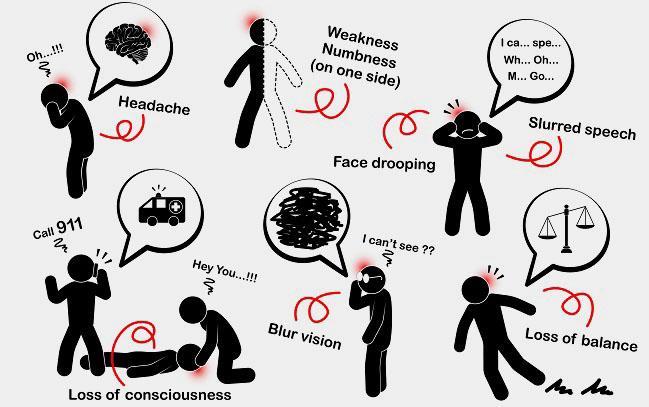Getting Stroke Patients Needing Endovascular Interventions to the Best Hospital: New Help for EMS
A slew of trials establishing the effectiveness of endovascular approaches in patients with large vessel occlusions provided the impetus for the effort.

The American Heart Association and American Stroke Association have released an algorithm to guide emergency medical services (EMS) personnel in identifying patients with acute ischemic stroke who are most likely to benefit from endovascular therapy and getting them to the right hospital, even if it’s not the closest one.
The Severity-Based Stroke Triage Algorithm for EMS, developed by a committee of the Mission: Lifeline Stroke initiative, aims to balance the benefits of timely access to endovascular therapy in patients with large vessel occlusions—an approach that has been proven effective in several recent trials—with the potential harm of delaying use of IV thrombolytics, which remain a key component of acute stroke care.
The algorithm hinges on a handful of questions:
- Is stroke suspected based on a screening tool?
- Is a large vessel occlusion suspected based on a stroke severity tool?
- Is the “Last Known Well” time within the last 6 hours?
- Would direct transport to a comprehensive stroke center—with bypass of a closer hospital—add 15 minutes or less to travel time?
Would transport to a comprehensive stroke center instead of a closer center make a patient ineligible for IV thrombolytics?
The algorithm notes that patients who would be candidates for IV alteplase if transported to the nearest acute stroke-ready hospital or primary stroke center should not be rerouted to a comprehensive center if they would no longer be eligible for the treatment.
The emergence of endovascular therapy—particularly thrombectomy with stent retrievers—as an option for select patients with acute stroke provided the impetus for the algorithm.
“With these available treatment options, the challenge is identifying severe strokes early, before arrival at the hospital, to get patients to the right facility to get the right therapy in the right amount of time,” said Peter Panagos, MD (Washington University, St. Louis, MO), in a press release. Panagos co-chaired the committee that developed the algorithm with Lee Schwamm, MD (Massachusetts General Hospital, Boston).
Each EMS region should tailor the algorithm based on the specific characteristics and resources of the area, according to the authors.
“The plan should allow EMS to triage large vessel occlusion stroke patients to centers offering advanced stroke treatments, such as endovascular thrombectomy, as needed, if it doesn’t delay treatment too long or impact the use of IV alteplase,” they say.
Because there are no firm data on which to base a firm recommendation, the authors decided to “err on the side of caution” by selecting 15 minutes as an acceptable transport delay. They note, however, that delays of 20 to 30 minutes may be reasonable in rural communities or areas in which stroke centers are separated by large distances.
The AHA/ASA will hold a webinar on April 3 to introduce the algorithm.
Todd Neale is the Associate News Editor for TCTMD and a Senior Medical Journalist. He got his start in journalism at …
Read Full Bio

Comments